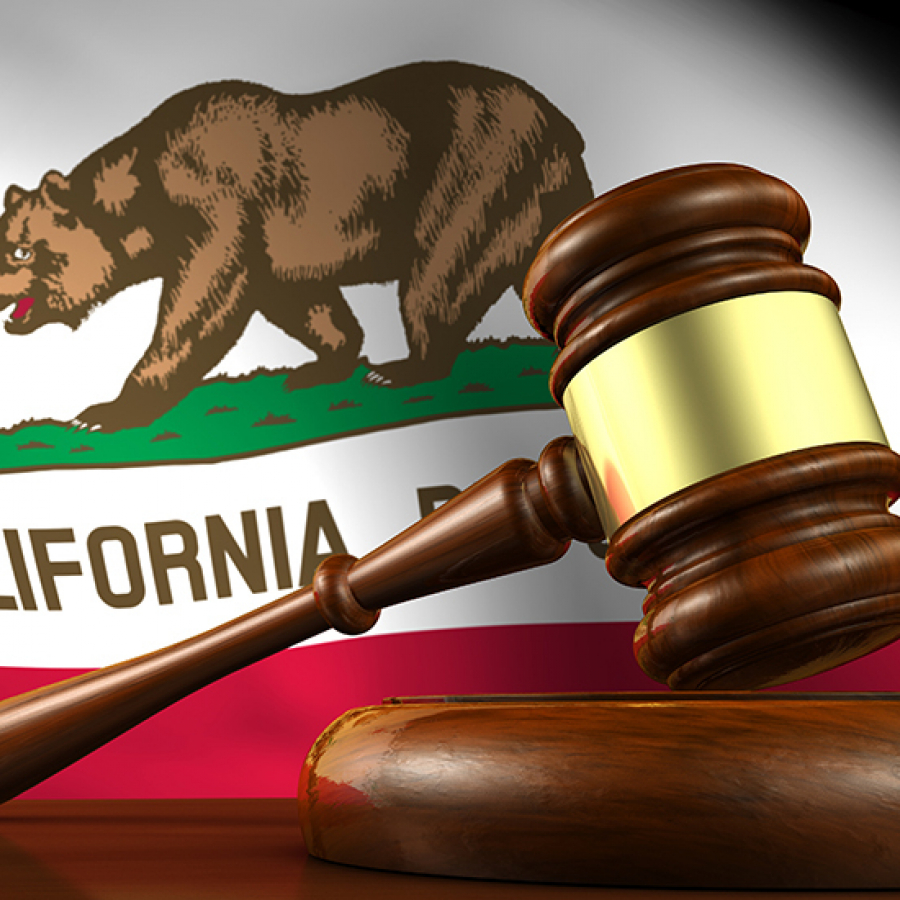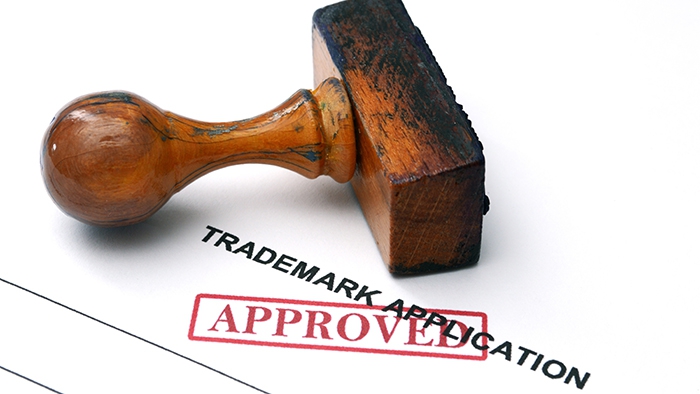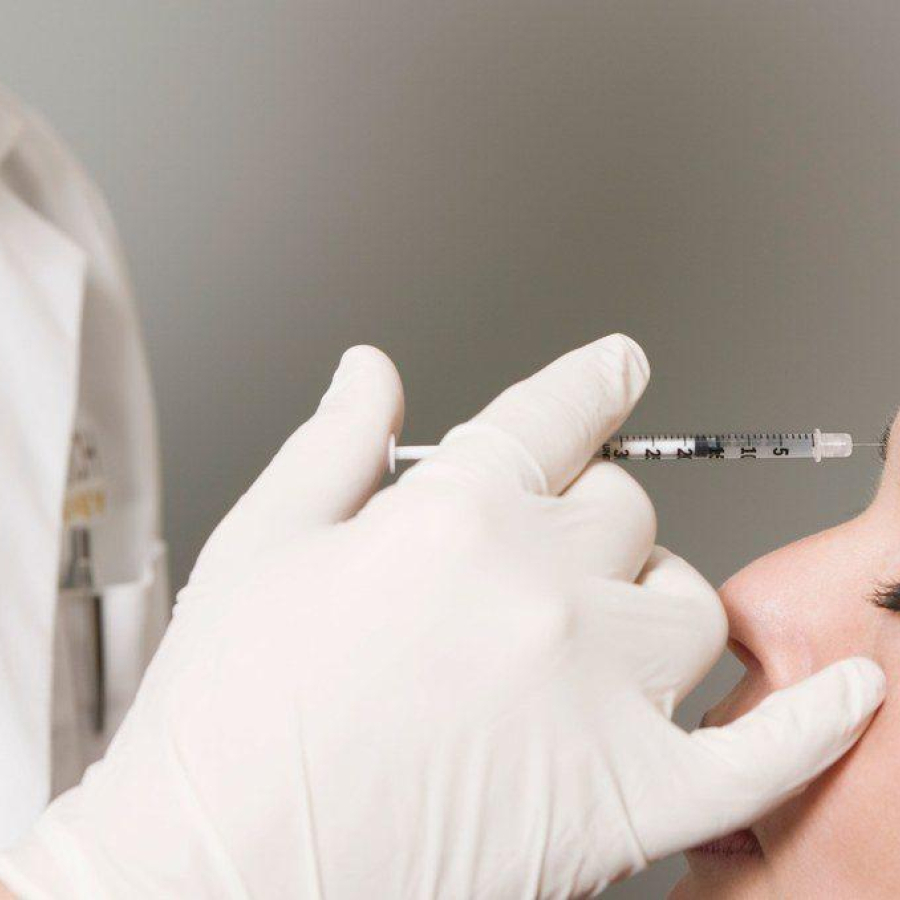
Legal
Second California Law That Affects MSOs Passes
California has now passed two laws that will have an effect on how investors, health care entities and management services ...
Posted By Madilyn Moeller, Wednesday, August 30, 2023

By Michael S. Byrd, JD, ByrdAdatto
Trademarks can be a powerful tool to protect your business’s intellectual property, brand and reputation. One of the earliest steps your business can take to protect its brand identity and drive long-term success is to stake a claim on your trademarks by actively using them in commerce, signaling to the world that this is your name. This can be further bolstered by registering your trademark. However, before filing for trademark protection, there are several legal and tactical considerations that business owners should keep in mind. In this article, we’ll discuss what you need to know to help you create a strong trademark and navigate the trademark registration process with the United States Patent and Trademark Office (USPTO).
A trademark can be any word, phrase, symbol, design or combination of these elements that identifies your services, products or brand. Many things that represent your business and distinguish it from a competitor can be trademarked. For example, company names, packaging, podcast names, product names, services and logos may all be trademarked.
Trademarks create value and benefit businesses in many ways. Customers or patients associate a business with its trademark, from the office design, services offered, product packaging, website, company colors, social media accounts and beyond. Businesses can also use trademarks as valuable branding and marketing tools, because your brand name and logo distinguish you from competitors. Additionally, trademarks can become a source of revenue through strategic trademark licensing agreements. If your business plan is to eventually franchise your business, trademarks play a huge role, as the franchisee is permitted the right to use your trademarks. Finally, having a trademark can save your business huge amounts of money in the long run. Many businesses are unaware of potential problems with their business name, branding, website or social media accounts until they receive a demand from another company threatening legal action unless the business takes down or changes those items. Having a registered trademark largely prevents this from happening.
The first step to protecting your business is to select a strong trademark. When choosing a trademark, you should consider the potential legal impact. While a trademark may sound good from an initial marketing perspective, the strongest trademarks are those that are unique, memorable and, oftentimes, a word that did not previously exist, such as Google, Kodak, Lexus, Exxon or Verizon. The more unique your trademark is, the easier it is to guard against trademark infringement, which occurs when someone uses your trademark without authorization. However, if you have a strong trademark, you are generally entitled to legal protection.
When choosing a trademark, you should consider the standards set by the USPTO. These will help you create the strongest trademark you can. The USPTO breaks trademarks down into categories to decide if they are strong enough for registration: generic, descriptive, suggestive, arbitrary and fanciful. A generic or descriptive mark may not be eligible for trademark protection, while an arbitrary or fanciful mark will always be protectable. Let’s dive deeper into these categories.
Generic marks: A generic trademark is a common word for a genus or type of product. These cannot be trademarked. For example, if you are an athletic trainer, you cannot trademark the phrase “athletic trainer.” If you sell chairs, you cannot trademark the word “chair,” and so on. Offering trademark protection on something this generic would restrict all other businesses that sell chairs or on people that are athletic trainers.
Descriptive marks: Descriptive marks describe the nature and quality of products, services or goods, such as “smooth and creamy smoothies” or “tasty desserts.” These have an extremely low likelihood of ever becoming registered. Sometimes, the owner of the trademark can prove something called a secondary meaning for the mark to be registered. This requires the owner of the mark to provide proof that the public associates the trademark with the business. For example, American Airlines, Bank of America, Best Buy and Kentucky Fried Chicken have successfully accomplished this. However, it is a very long and cumbersome process, so it is best to avoid choosing a descriptive mark for your business.
Suggestive marks: Suggestive marks are those that suggest the characteristics or quality of a product, good or service. Suggestive marks are distinguishable from descriptive marks because they require some thought or imagination to know what the product or good is, rather than outright saying it. Some examples of suggestive trademarks are KitchenAid, Whirlpool and Coppertone.
Arbitrary marks: Arbitrary marks are words that already exist, but are used in an unrelated context. These are strong trademarks and almost always protectable. For example, Apple used the word “apple” to denote their tech company. Other examples include Dominos for pizza, Camel for cigarettes and Tide for laundry detergent.
Fanciful marks: Fanciful marks are the strongest. They are entirely invented words, signs, symbols or phrases. They have no existing meaning. For example, Pepsi, Kodak, Audi and IKEA are all fanciful marks.
Before settling on a trade name, the name of your business or logo, you should conduct a trademark search—also called a clearance search—because you do not want to pick an already registered trademark or one that is similar to a registered or unregistered mark. The USPTO will not refund the trademark filing fee if it finds that an existing mark is the same or confusingly similar to your proposed mark. More importantly, by making a filing for a mark that is already registered, you will draw attention to your business and heighten the risk that the registered owner of the trademark will send a cease-and-desist letter to stop using the trademark.
Trademarks may be registered or unregistered. A registered trademark is one that is registered through the USPTO and is identifiable by the “®” symbol, which means the trademark is on the list of registered federal trademarks. On the other hand, the “™” symbol signifies that a business has applied for a trademark, but it has not yet been issued. Every time you use your trademark, you can use the symbol with it. To obtain a registered trademark, you first will need to fill out and submit a trademark application.
After selecting a mark, you can file a trademark application with the USPTO. There are two main types of trademark applications: Trademark Electronic Application System (TEAS) Plus or TEAS Standard. TEAS Plus applications register a bit faster than TEAS Standard applications; however, TEAS Standard applications have fewer initial requirements in order to receive a filing date.
When completing your trademark application, there are some components you should consider.
First, you will be required to write a description of your goods or services. Generally, you should describe the product or service as broadly as possible without infringing on another trademark application or registered trademark.
You should also be aware of your filing basis. This is the legal reason for why you are allowed to register your trademark. The most common filing bases are “Use in Commerce” and “Intent to Use.” If your filing basis is used in commerce, that means you are currently using your trademark to sell or transport your goods out of state or providing services to customers who live outside your state. If your basis is “Intent to Use,” then you have not started using your trademark, but intend to in the future.
Another crucial component is knowing how your goods and services are classified. The USPTO classifies goods and services into 45 classes, or categories, and an applicant must choose which class represents their product or service. Classes 1 – 34 are for goods, while classes 35 – 45 are for services. A detailed list of classes is available on the USPTO website.
You should also be able to provide a specimen. A specimen is a sample of how you will actually use your trademark. For goods, you will show how a consumer would encounter your trademark, such as on a tag or label. This can be accomplished by a photograph of the product showing the trademark—for example, on the bottom of a coffee mug. On the other hand, for services, a specimen shows how a consumer would associate your trademark with your services. This can be represented by an advertisement, business sign, website printout or another promotional material. A more detailed list of acceptable and unacceptable specimens is available on the USPTO’s website.
Finally, it is important to understand the trademark examination process. This may be longer than anticipated, so having a proper understanding of how it works and how long it may take to receive a registered trademark is important when planning your business. From start to finish, the process typically takes 12 to 18 months.
After you submit your application and application fee, your application will be assigned a serial number and given to a trademark examining attorney. The attorney will review your application to determine whether it meets the requirements to be registered. If the examining attorney determines that a mark should not be registered, the USPTO will issue a letter explaining why it cannot be registered. If it is approved, there is a 30-day period that follows where the public is given notice of your intent to register your mark. Any party that believes your mark may harm theirs can object to its registration. If there are no objections, the USPTO will issue the trademark’s registration certificate, which typically happens 11 weeks after the 30-day period concludes.
After successfully registering your trademark, you must maintain it. You must use your trademark and file certain documents with the USPTO at regular intervals to show that you are continuing to use your trademark. It is very important not to miss a renewal filing deadline. The first renewal is due between the fifth and sixth year after the trademark is initially registered. The second renewal is due between the ninth and tenth years after the initial registration. After the second renewal, the trademark must be renewed every 10 years. If you do not renew, the USPTO will cancel your trademark registration, so it is important to mark your calendar and be aware of renewal dates. You also should monitor your trademark to ensure that no one is using a similar trademark or infringing on your trademark rights. Taking swift action against infringers is critical to protecting your brand and reputation.
In conclusion, protecting your business’ intellectual property through trademark registration is an important step in establishing and maintaining your brand’s reputation. However, before filing for trademark protection, business owners should understand the legal and tactical considerations involved. By following the above steps and working with experienced legal counsel, you can successfully protect your brand.
ByrdAdatto is grateful for the significant research and drafting contribution to this article from its Law Clerk, Abbey Jennings, a second-year student at SMU Dedman School of Law.
For the latest legal information that affects your medical spa, make your plans to attend an AmSpa Medical Spa Boot Camp. Click here to learn more.
If you have further questions about the legalities of mergers and acquisitions, join AmSpa and schedule your complimentary 15-20-minute consult call with ByrdAdatto today.
Michael S. Byrd, JD, is a leading advocate for doctors and dentists throughout the United States. He routinely lectures at continuing medical education seminars on the various business and legal issues that medical professionals face. Outside of health care, Byrd has used these same skills to handle sensitive and complicated business matters for entrepreneurs, business owners, attorneys, CPAs, high-net-worth individuals and public figures. With his background as both a litigator and transactional attorney, Byrd brings a comprehensive perspective to business and health care issues.
Related Tags
Medical spa news, blogs and updates sent directly to your inbox.

Legal
California has now passed two laws that will have an effect on how investors, health care entities and management services ...

Legal
A newly passed law in California will prohibit certain contractual provisions between medical and dental practices and private equity groups ...

Legal
By Patrick O'Brien, General Counsel, American Med Spa Association (AmSpa)The September bulletin from the Texas Medical Board (TMB) helps to ...

Legal
By Patrick O’Brien, General Counsel, American Med Spa AssociationOn September 23, 2025, the Alabama Board of Medical Examiners (BME) issued ...